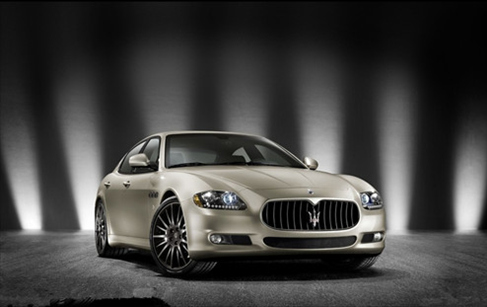When buying a second-hand Audi commercial vehicle, it may be that many friends will be afraid to buy a car that has had an accidental collision because the vehicle will leave some scratches more or less after encountering an accident. In the event of a major accident, a second-hand Audi commercial vehicle, driving a car like this, is a bit scared. So how do we observe whether or not there has been a collision before using a second-hand Audi commercial vehicle?

When observing the second-hand Audi commercial vehicle, you should carefully observe the body and see if there are some obvious signs of repair or impact. Can stand in front of the second-hand Audi commercial vehicle is about a forty-five degree angle position, so as to better observe the integrity of the body lines, and the flatness of the paint. The same body behind can also be used to check. Then in a detailed observation, the sealant of Audi's commercial vehicle window glass is not neat, there is no unevenness in the gap around the front and back of the engine cover, and it is a combination of the turn lights of the second-hand Audi commercial vehicle. The gap is not uniform.
Then, under the sequential inspection, the gap between the back door and the front door of the second-hand Audi commercial vehicle is not even and symmetrical. Look at the gap between the back part of the back door and use the same inspection method to check one by one. Door. Check the gaps on both sides of the trunk of the vehicle. Check whether the lighting headlights of the vehicle are old or new. Check if the position of the downlight is the same as the surrounding gap.
In the last step, the lid of the used Audi commercial vehicle was opened and a careful look was made to see if there were signs of cracking and welding in the two longitudinal beams running through the engine compartment. If the used Audi commercial vehicle has had an accident such as an impact and a rear-end collision, the frame of the vehicle will be squeezed due to the impact force, and the stringer will be cracked and bent. In the course of maintenance, it is basically necessary to perform the welding process.
Aluminum Die Casting Heat Exchanger Parts are a metal forming process in which molten aluminum metal is put under pressure and injected into a die.
Aluminum weighs 1/3 of a comparable steel part. The Aluminum Parts would cost less to ship due to the weight and spend less expense than other manufacturing processes.
Aluminum Die Casting Heat Exchanger Parts are lightweight alloys that have good corrosion resistance, mechanical properties, high thermal and electrical conductivity and strength at high temperatures. Aluminum alloys possess high dimensional stability for complex shapes and thin walls.



Aluminum Die Casting Heat Exchanger Parts
Aluminum Casting of Heat Exchanger Parts, Aluminum die casting of Heat Exchanger Parts, Aluminum Casting parts
NINGBO ZHENHAI BOLANG METAL PRODUCT FACTORY , https://www.bldiecasting.com
